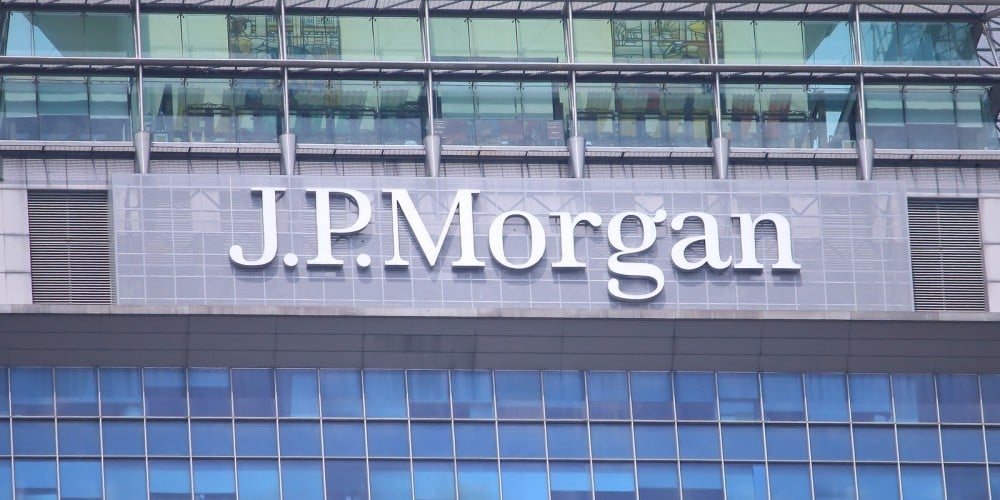The American banking landscape is on the cusp of a seismic shift. Expect more pain to come.

The whirlwind weekend in late April that saw the country’s biggest bank take over its most troubled regional lender marked the end of one wave of problems — and the start of another.
After emerging with the winning bid for First Republic, a lender to rich coastal families that had $229 billion in assets, JPMorgan Chase CEO Jamie Dimon delivered the soothing words craved by investors after weeks of stomach-churning volatility: “This part of the crisis is over.”
But even as the dust settles from a string of government seizures of failed midsized banks, the forces that sparked the regional banking crisis in March are still at play.
Rising interest rates will deepen losses on securities held by banks and motivate savers to pull cash from accounts, squeezing the main way these companies make money. Losses on commercial real estate and other loans have just begun to register for banks, further shrinking their bottom lines. Regulators will turn their sights on midsized institutions after the collapse of Silicon Valley Bank exposed supervisory lapses.
continue reading »
